How talks to avert tariffs on Mexico and Canada fell apart
With only hours to go until Trump’s pledged tariffs were set to hit, Justin Trudeau tried to arrange a call with the President to negotiate. Trump didn’t take the call.

With only hours to go until President Trump’s pledged tariffs were set to hit America’s neighbours, Canadian Prime Minister Justin Trudeau tried Monday to arrange a call with his US counterpart to negotiate. Trump didn’t take the call, a Canadian government official said.
It wasn’t the first time Trump had diplomatically ghosted the leaders of Canada or Mexico during weeks of talks to avert a North American trade war. Mexican President Claudia Sheinbaum said that she also requested a call with Trump, but didn’t get one.
Officials from both countries were shuttling to Washington to plead their case, looking to thwart Trump’s threatened 25 per cent tariffs on products from Canada and Mexico, which he said hadn’t done enough to curb fentanyl trafficking. Mexican and Canadian emissaries said they sometimes had hopes the talks were making progress and that Trump’s aides would be able to present him with enough commitments to grant reprieves to two of the largest US trading partners.
But first thing Tuesday, Trump forged ahead, placing 25 per cent tariffs on most goods from Mexico and Canada and making clear the fatal flaw in the negotiating process: Only Trump speaks for Trump, and the president wanted to move forward.
The dynamic has frustrated negotiators, who are struggling to make their case to a mercurial president through a phalanx of intermediaries who at times seem to their counterparts as unsure what Trump wants. The challenge now for Canada and Mexico is how to engage Trump more directly to help dig the continent out of a trade fight that poses risks for all three economies.
Trudeau responded Tuesday by placing tariffs on the US, and he questioned whether further negotiations would make any difference, accusing Trump of acting in “bad faith.” The two leaders eventually spoke Wednesday morning, an exchange Trump said ended in a “somewhat” friendly manner. A person familiar with the matter said the call grew heated and included profanity.
Sheinbaum, who hadn’t spoken to Trump as of Wednesday morning, planned to announce retaliatory measures against the US on Sunday at the large Zocalo square in front of the ornate National Palace in Mexico City.
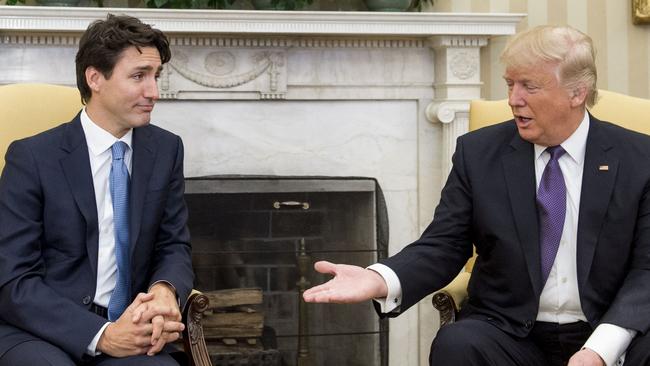
There were two overriding motivations inside the Trump administration to push ahead with the tariffs, instead of delaying them again. While Trump continues to be legitimately concerned about fentanyl deaths, said people with knowledge of the discussions, his team also felt they needed to impose the duties to hammer home to trading partners that he is serious about his tariff threats. Some administration officials also see the duties as a way to reset the trading relationship with the continental neighbours before renegotiating the US-Mexico-Canada Agreement, the people added.
A White House spokesman didn’t immediately respond to a request for comment.
Cabinet ministers, senior government officials and leaders of Canada’s provinces have met with Trump officials such as Commerce Secretary Howard Lutnick, national security adviser Michael Waltz and border czar Tom Homan. They sought to highlight new measures Canada had taken to boost border security and to share US statistics showing that less than 1 per cent of the fentanyl seized by US border agents came from Canada.
Near the end of January, Canadian officials met several times with Homan and touted a new, $1 billion initiative to strengthen border security. The Canadians shared videos of new helicopters and drones Canada had bought to monitor the border. Then Homan went on TV days later and said he hadn’t yet brought the information to Trump, irking the Canadians.
Doug Ford, the leader of Ontario, Canada’s most populous province and home to its auto sector, travelled to Washington several times, most recently in February as part of a contingent of provincial leaders who met top Trump aides including James Blair, a deputy chief of staff. Everyone he met seemed in the dark about Trump’s plans, Ford said. “He wakes up and the goalposts change,” Ford said of Trump.
The confusion on how to avoid tariffs has extended to major North American industries in recent days.
On a call with US automakers last week, Lutnick floated the idea of the companies moving plants in Canada and Mexico back to the US, say people with knowledge of the conversation. The comment was made, however, without an indication that any commitments to American manufacturing would win a reprieve from tariffs — either the ones imposed Tuesday or additional 25 per cent auto tariffs scheduled for April 2. The automakers left confused about the ultimate goal of the tariffs or negotiating targets to avoid them, some of the people said.
On Wednesday, the White House announced that cars that were compliant with the US-Mexico-Canada Agreement would be given a 30-day reprieve from tariffs.
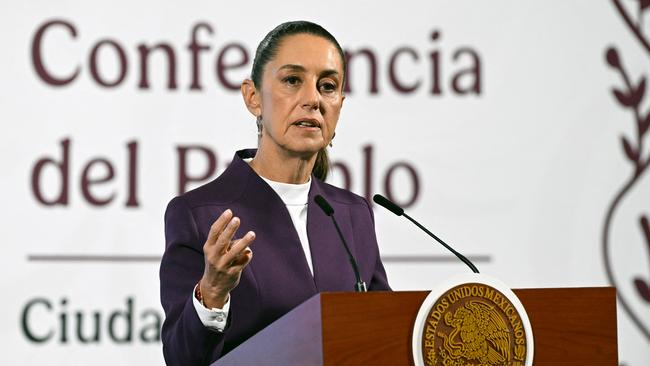
Sheinbaum on Feb. 3 had an often tense call with Trump that lasted for about 45 minutes. The Mexican leader alternated between an interpreter and speaking English to make an emphatic point on trade, drugs and migration in ways that caught Trump’s attention without escalating into a disagreement, according to people familiar with the conversation.
Sheinbaum was jubilant that morning after the call. Later that day, Trump said he had a great talk with Mexico. “President Sheinbaum is a woman I like very much,” he told reporters.
On Friday, before Trump’s tariffs went into effect, Sheinbaum said she hoped to have another telephone call with Trump over the weekend. It didn’t happen.
Senior Mexican officials nevertheless thought they could make a deal with Trump on trade and migration because of Mexico’s extensive experience on both. Mexico has free trade deals with more than 50 countries, and the government’s efforts resulted in a sharp drop in illegal migrant crossings along the US-Mexico border.
Mexico worked to show that it was taking Trump’s threats seriously. Sheinbaum’s government stepped up enforcement efforts, detaining hundreds of people suspected of having ties with organised crime and seizing large quantities of illegal narcotics, including fentanyl. On Thursday, Mexico transferred 29 imprisoned drug gang bosses to the US.
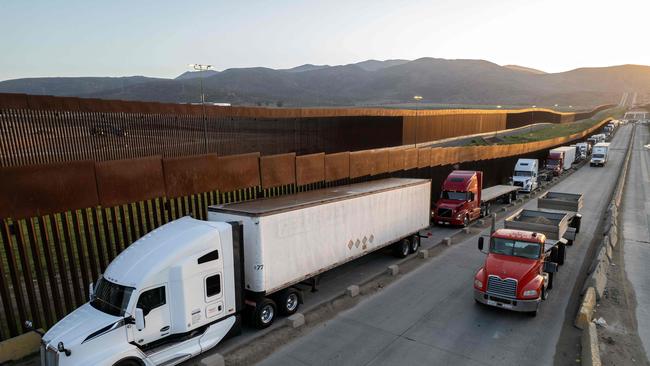
After Trump’s tariffs went into effect, Sheinbaum criticised Trump, calling his justification for duties on Mexican goods “offensive, defamatory and groundless.” But her move not to announce retaliatory measures reflects her playbook to avoid escalation and to offer Trump a potential off ramp.
Mexico’s Economy Minister Marcelo Ebrard and Lutnick met last week, talks Mexican officials deemed as fruitless because the US didn’t appear to know what it wanted, said one person close to the discussions. One concession floated by Mexican officials involved China, a common trade rival. Mexico offered to match the US on China tariffs, but the proposal was dismissed by Trump administration officials, said another person familiar with the discussions.
Canadian officials have complained that the fentanyl issue is a red herring that the US is using to extract concessions.
Sen. Bill Hagerty (R., Tenn.), Trump’s first-term ambassador to Japan and trade confidant, said he had spoken to Trump about the fentanyl problem for years, including recently. But he was unsure about how much fentanyl deaths and seizures would have to drop to coax Trump into a trade war detente.
“I’m sure he’s got something in his mind,” Hagerty said of the president.
The Wall Street Journal

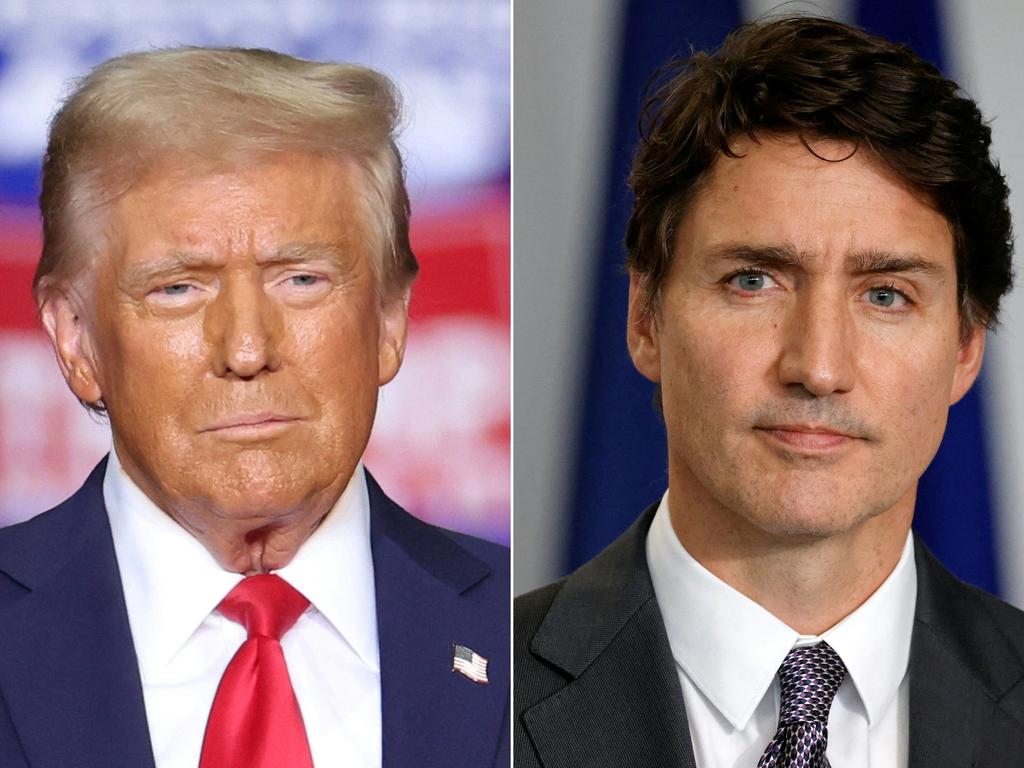
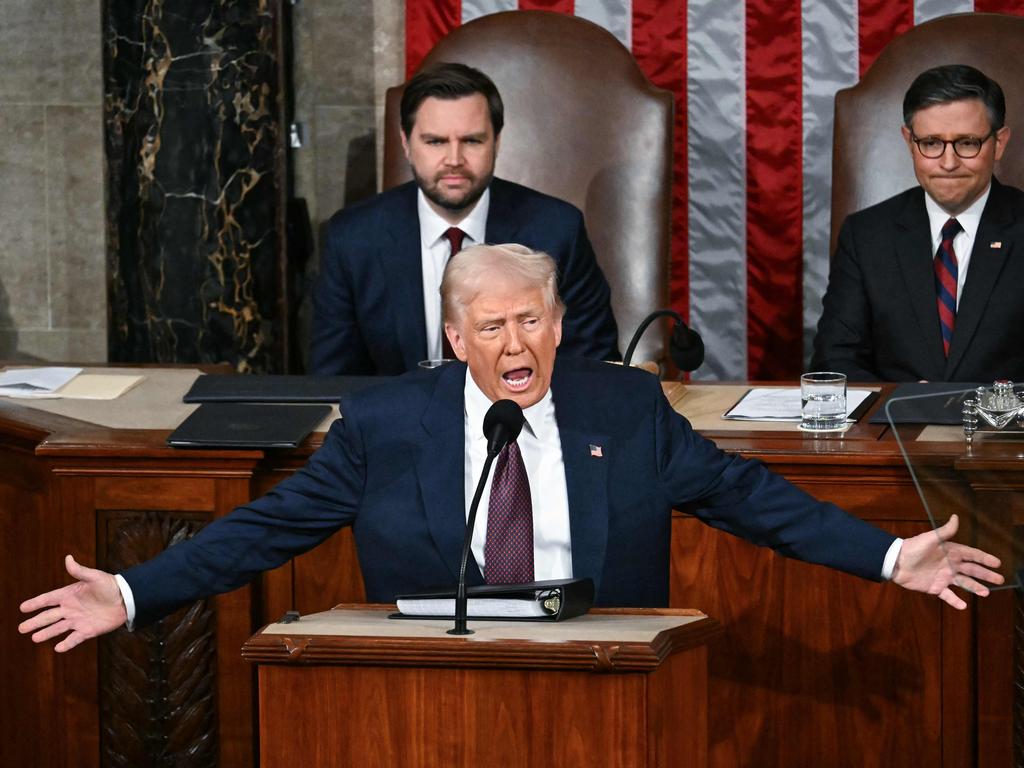


To join the conversation, please log in. Don't have an account? Register
Join the conversation, you are commenting as Logout